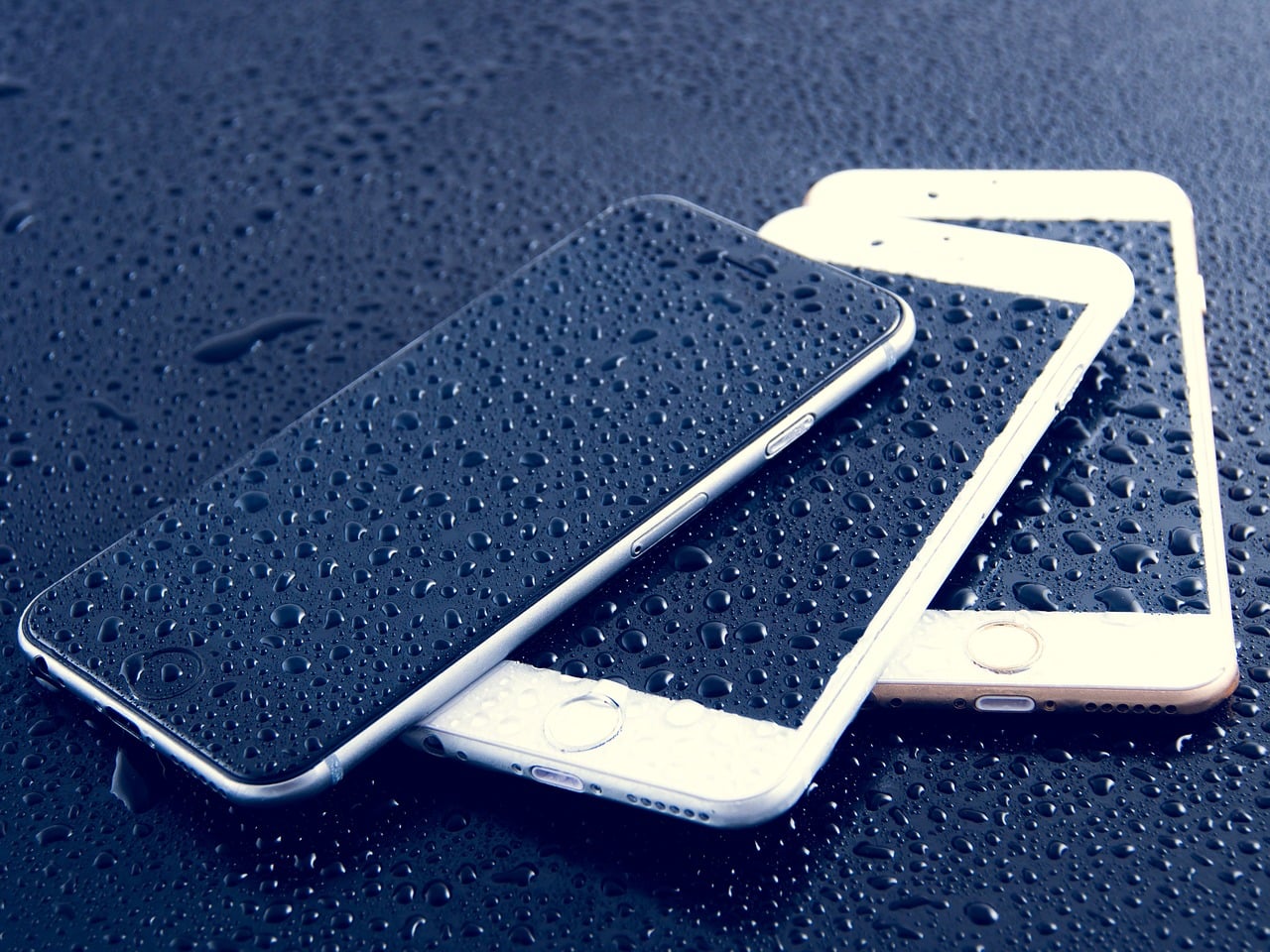A lost iPhone X remained at the bottom of a river for a couple of weeks only to power back on! The phone was discovered by YouTuber Dallas, the man behind the YouTube channel Man+ River.
Lost iPhone X survives two weeks in water
Dallas has a knack for finding lost items in the river and gives them back to the original owners. In his program “river treasure dives,” YouTuber Dallas found a silver iPhone X, which he was able to switch on to find the real owner. He shared the video on his channel, showing the full process all the way till packaging up the phone to ship back to the owner.
As Dallas dived into the water, he came across a few items such as sunglasses, a 10k gold ring and then a silver iPhone X. After opening and drying it up nicely, he switched on the phone only to find that it was still working. Alyssa, the owner was overjoyed to get her phone back as she is a new mom and wasn’t able to back up the pictures on the iPhone X.
According to Alyssa, the iPhone X, which she lost in the river two weeks ago, was not encased in a waterproof cover. To dry the lost iPhone X, the diver used a hair dryer and then placed the phone in a container full of silica gel. After three days, he got it out and was able to switch it on.
What’s interesting to note is that the iPhone X has the same IP67 dust and water resistance rating that the iPhone 7 and iPhone 7 Plus has, covering only splashes of water and not the device remaining submerged for two weeks. The iPhones with IP67 can survive underwater for 30 minutes (at a depth of about 3 feet), but two weeks is nothing short of miraculous.
Even though this iPhone X survived being submerged in water for two weeks, it is advised that users never try this with their phone. Despite the IP67 rating, Apple does not cover water damage as part of its warranty. The company would cover any kind of manufacturing defect that caused the liquid damage, but not where the owner tries to test the phone’s water resistance capabilities. So, rather than dangerously putting the phone to the test, it would be better to consider the water-resistance capabilities of the phone as a backup.
IP67 rating – what it means
In the IP67 rating, “6” refers to dust while “7” is for water. The highest safety rating for the consumer devices is IP68. So, when it comes to dust proofing, the iPhone X is one of the best phones, but on the water resistance front, it is dwarfed by Android flagships with a IP68 certification such as the Galaxy S9, LG V30 and Galaxy Note 8.
So, the iPhone X owner should not expect the phone to survive in deep water conditions, and therefore, taking it along while swimming or any water sports is a terrible idea. Also, the iPhone X cannot take the hit if exposed to any other liquid other than tap water. For instance, sea/salt water could damage the phone to the extent of rendering a repair an unviable option.
In case the owner accidentally drops a phone in salt/sea water, they should quickly wash it with fresh water and dry it properly. Same process holds true in case the phone is dropped in a liquid other than water.
Lost your iPhone – what to do?
For Alyssa, it was nothing less than a miracle that she got her lost iPhone X back from the dead, courtesy of the YouTuber Dallas. Not everyone is that lucky, and therefore, a few steps must always be followed if you lose your phone.
In case your iPhone is stolen, the first thing an owner must do is to protect their personal information. If a passcode has been set, then the iPhone is safe, but if not, Find My iPhone can be deployed to lock the phone and add a passcode. This would safeguard the phone from being exploited by the thief. So, it is advised to set up Apple’s immensely useful Find my iPhone app immediately after buying a new phone.
If the stolen or lost iPhone has sensitive information, the data must be erased using iCloud. Sensitive information could be anything from files to debit/credit card information saved on the phone. Even though Apple Pay is secured with the fingerprint sensor, it would be best to remove the access of sensitive information and cards to avoid any loopholes.





